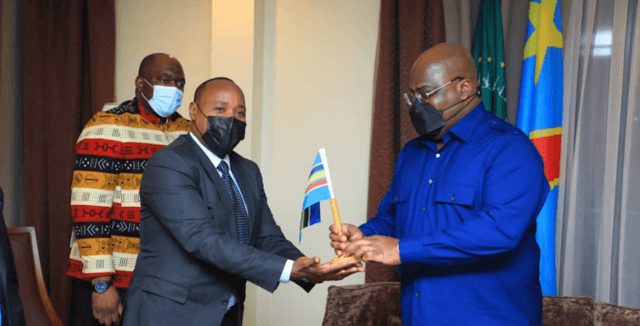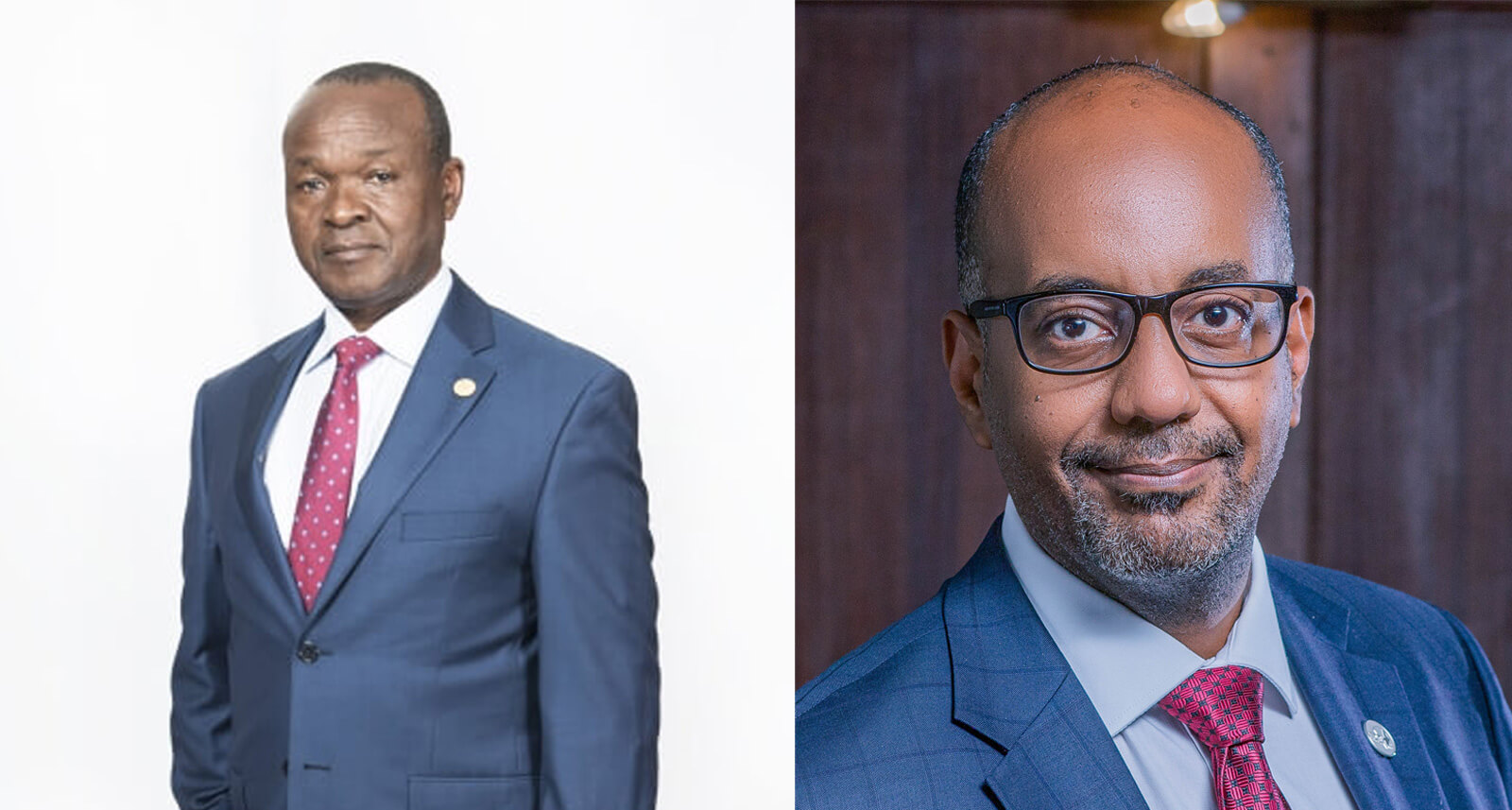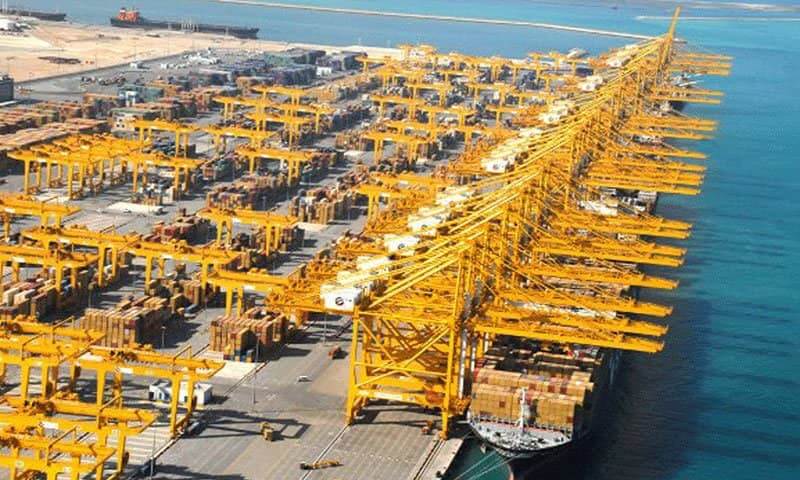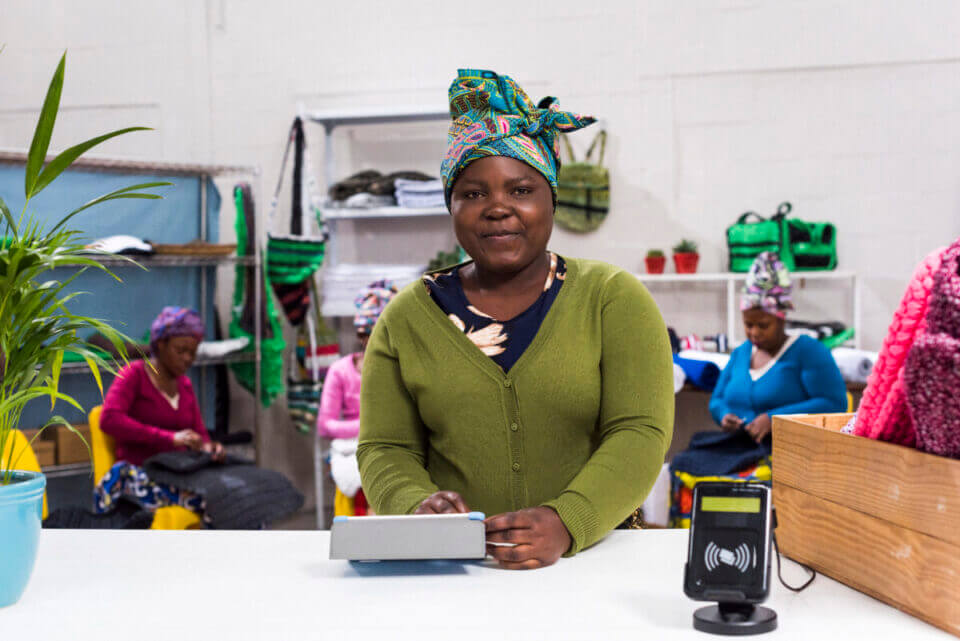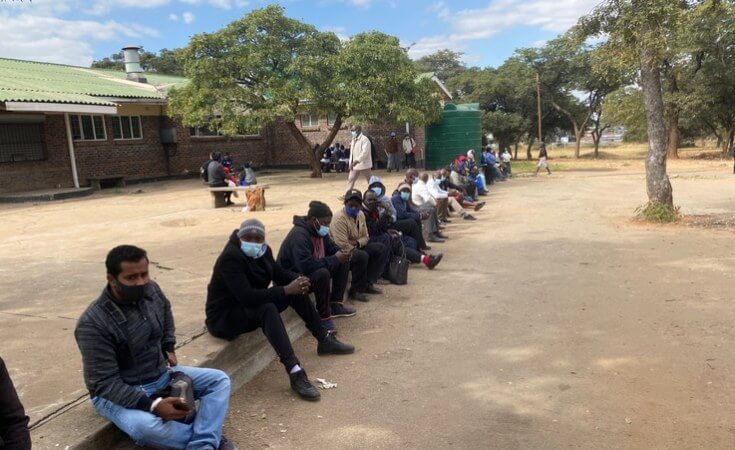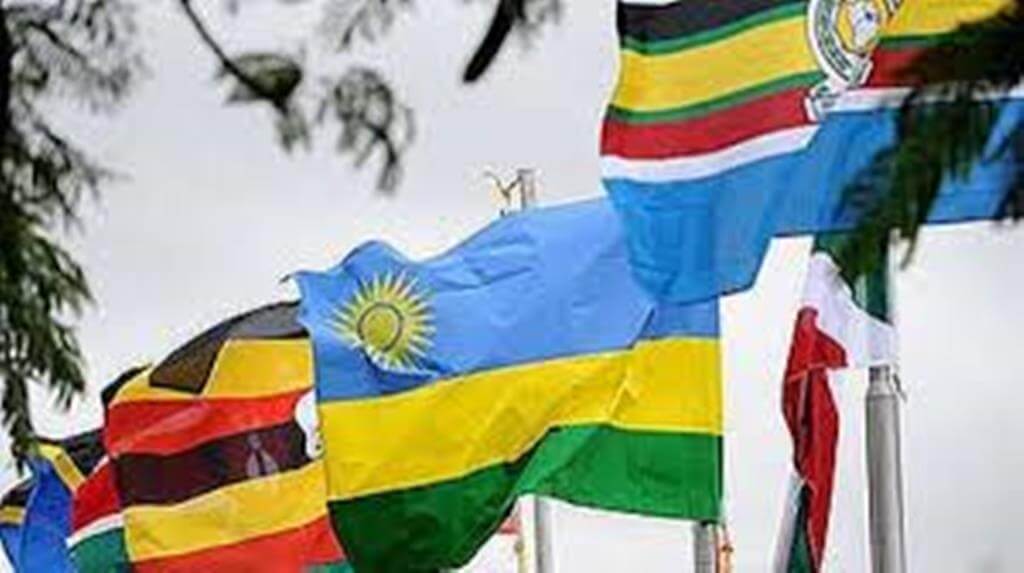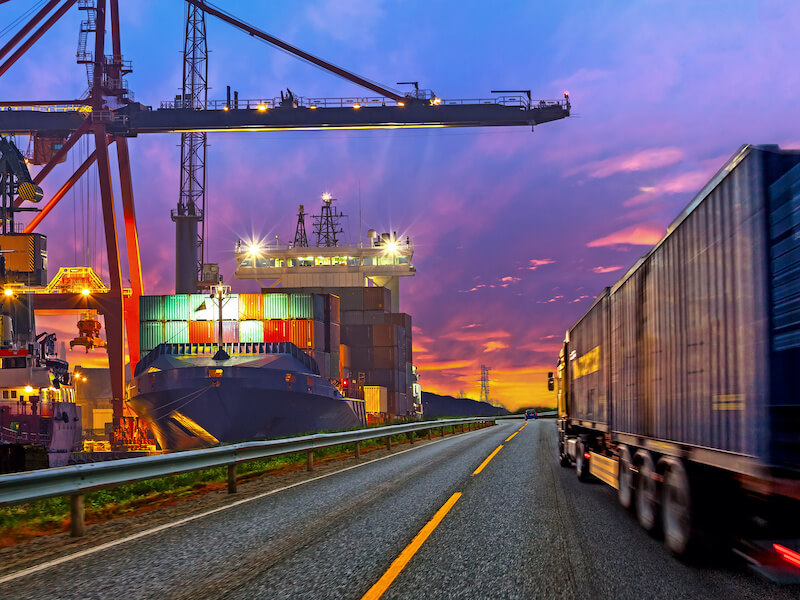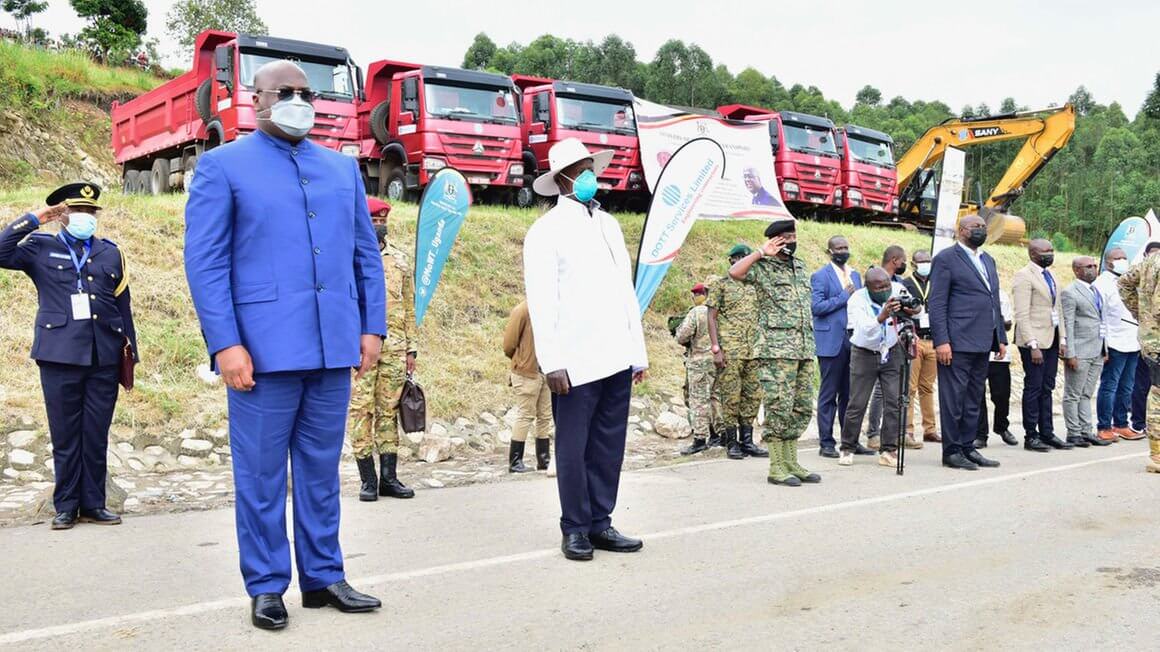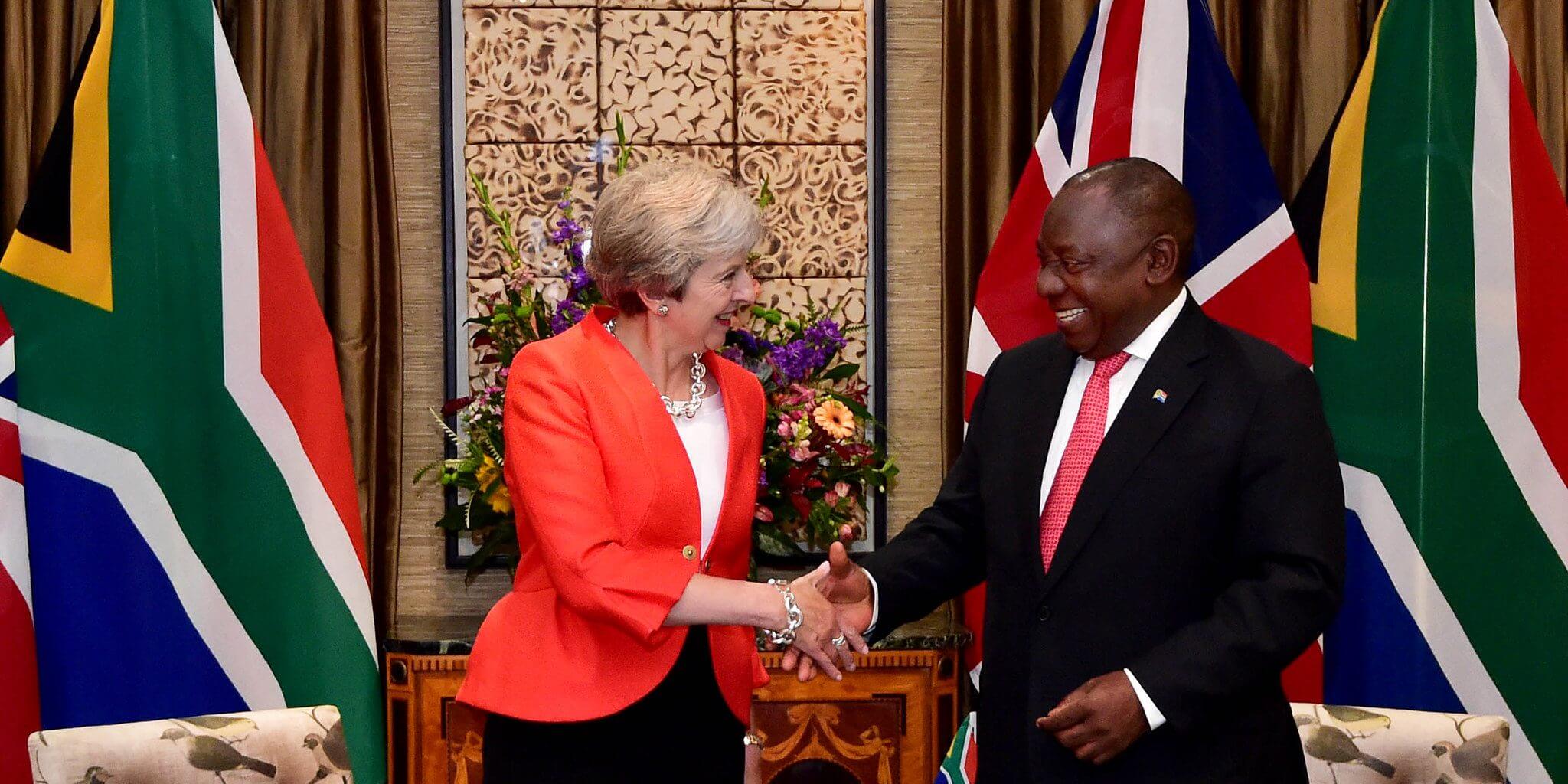Felix Tshisekedi has been busy on the regional integration front since he became president of the Democratic Republic of Congo two years ago. But he has particularly been busier this year. On June 25, President Tshisekedi met his Rwandan counterpart Paul Kagame in Rubavu to allegedly assess the damage caused by the recent Nyiragongo volcanic eruption among other bilateral discussions. A week earlier, on June 16, Tshisekedi and President Museveni met at the border post of Mpondwe in the western district of Kasese to launch joint infrastructure construction projects. Museveni says Uganda’s footing of a substantial amount of money to construct the roads inside Congolese territory is aimed at boosting trade between the neigbouring countries. In April this year, Kenya and the DR Congo signed four framework cooperation agreements covering several economic sectors, security and defence as well as maritime transport. Among the four pacts, signed on the second day of President Uhuru Kenyatta’s three-day state visit to DR Congo, was the general cooperation agreement which provides a framework for joint promotion of economic, technical, scientific and socio-cultural programmes. The economic sectors targetted by the broad framework are agriculture, education, health, sports and tourism. Others are environment, SMEs, housing, energy and infrastructure development. Also signed were two separate bilateral agreements on security and defence which provide mechanisms for cooperation between Kenya and DR Congo in areas such as counterterrorism, immigration, cyber security, and customs and border control. The revitalised agreement on maritime freight is aimed at repositioning the port of...
DR Congo joining the East African Community
Posted on: July 7, 2021
Posted on: July 7, 2021

